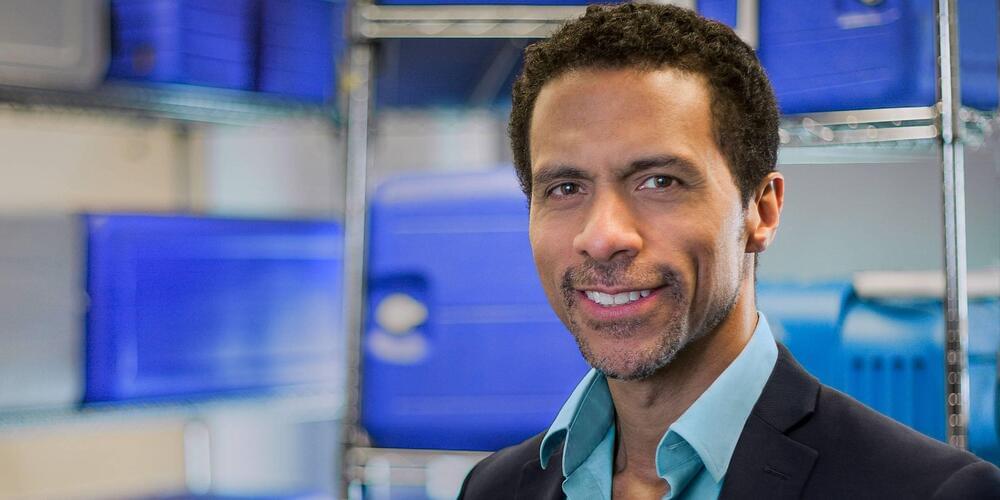
Get the latest international news and world events from around the world.

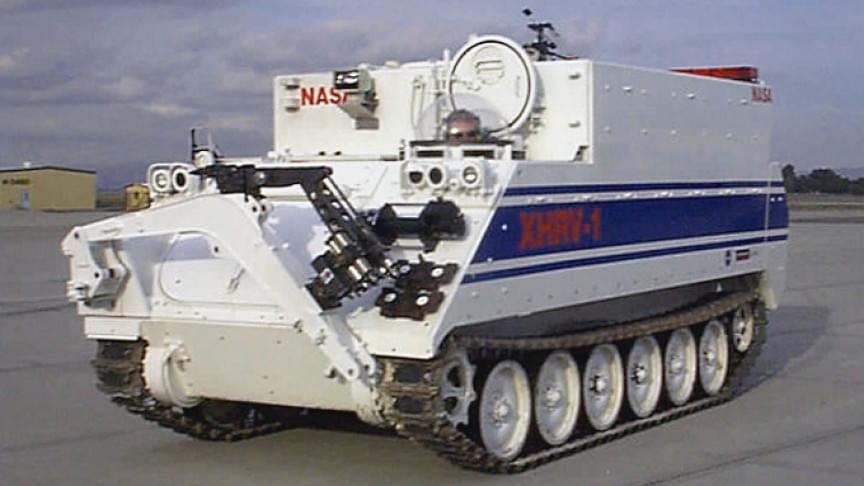
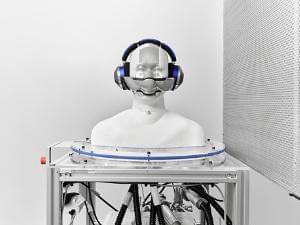
Genius or flop? Dyson unveils bizarre headphones with air filter
Try to get your head around that — or not. The concept of combining noise-cancelling headphones with a built-in air purifier sounds like something out of a dystopian sci-fi film taking place in a world with high-tech but poor air quality. However, it’s actually a real device — one that you’ll soon be able to buy.
The Dyson Zone™ is Dyson’s first wearable purifier, capturing city pollution including gas, allergens and particulate matter and cancelling unwanted noise with advanced noise cancellation and pure, high-fidelity audio.
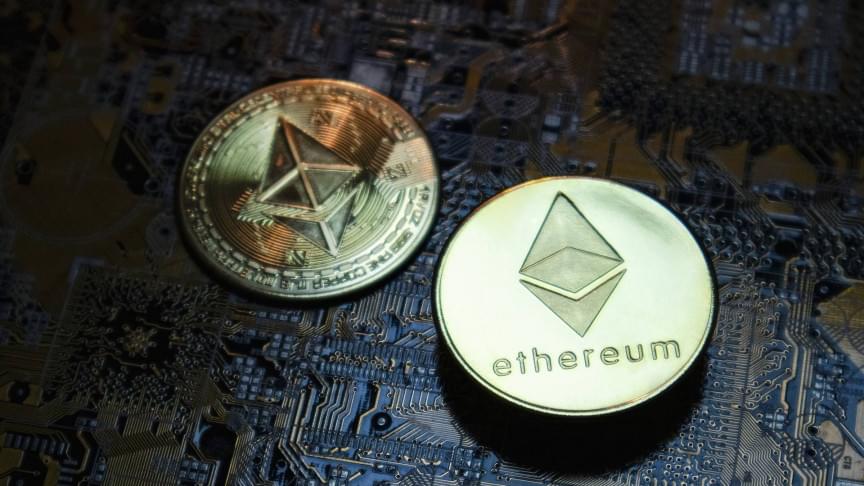

Introducing, Museum of The Future — The chance to live in 2071!
Another apple of the eye in the face of Dubai.
Dubai’s penchant for housing some of the world’s most magnificent creations is no secret. Beautiful buildings and jaw-dropping structures with breath-taking designs have helped the UAE capital build a solid foundation for its identity as one of the top tourist destinations throughout the globe. On the palindrome date of 22nd February 2022, Dubai added yet another feather in the cap to its stunning collection of architectural marvels as it unveiled the Museum of The Future — a standing tribute to science and technology that will allow the visitors an immersive experience of living the future. It will house some of the world’s most futuristic technologies, ideas, and innovative products.
The spectacular structure of the Museum of The Future is perhaps one of the most complex and complicated designs ever created and willed into solid reality in the history of architecture. So much so that His Highness Sheikh Mohammed bin Rashid Al Maktoum, the ruler of Dubai, has already touted it as ‘the most beautiful building in the world’ to give a tribute to its marvelous design. Talking more about the structure, the museum has an elliptical shape that has invited different symbolic interpretations. Some say the elliptical shape represents humanity and the void represents the unknown future. On the flip side, some have compared the structure to that of the human eye that is looking at the future.

Musk claims SpaceX and Tesla wouldn’t have flourished under them in 2008
Elon Musk is at it again on Twitter, this time taking shots at the White House’s plan to impose a “billionaires’ tax” in the U.S.
Musk agreed with another tweeter’s statement by writing “SpaceX & Tesla would probably have died,” if there was a similar tax initiative in 2008, as “both narrowly escaped bankruptcy in 2008.”
## Elon Musk could pay an additional $50 billion in taxes.
The white house’s billionaire minimum income tax\.
@JimPethokoukis Good point. SpaceX & Tesla would probably have died, since both narrowly escaped bankruptcy in 2008.
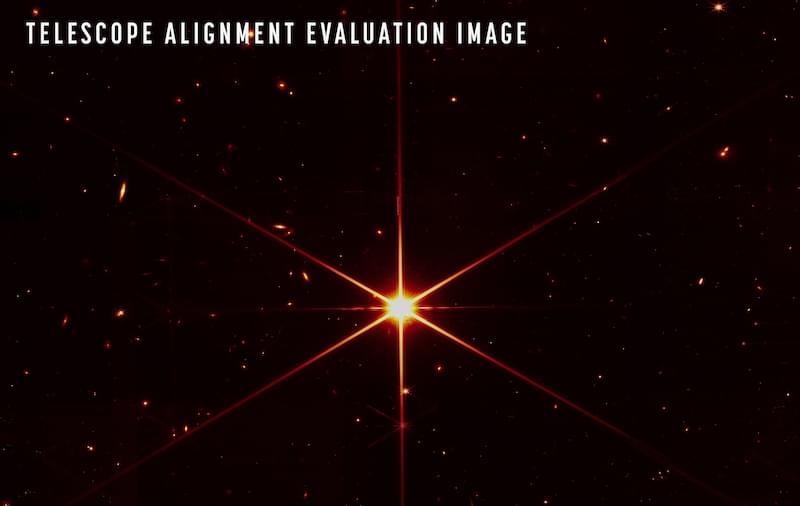
James Webb releases sharpest IR image ever taken from space
JWST recently snapped this infrared test image of a star, which also shows fainter background stars and galaxies — a testament to the telescope’s power.
In early February, NASA engineers began to remotely align the 18 hexagonal segments of the James Webb Space Telescope’s primary mirror, which had been folded away for launch. The goal of this meticulous, three-month-long process is to perfectly position the mirror segments relative to each other, creating a single, smooth, 6.5-meter-wide surface that can gather and focus light from the distant cosmos.
You may recall earlier snapshots that marked previous milestones. For example, the second of seven milestones was punctuated with a shot taken before the mirrors were fully aligned; it featured multiple images of a single star. Now, NASA has announced the fifth major alignment milestone is complete. Called fine phasing, this step helped to identify and correct small differences between individual mirror segments to bring the infrared universe into sharp, clear focus.

Viasat confirms satellite modems were wiped with AcidRain malware
A newly discovered data wiper malware that wipes routers and modems has been deployed in the cyberattack that targeted the KA-SAT satellite broadband service to wipe SATCOM modems on February 24, affecting thousands in Ukraine and tens of thousands more across Europe.
The malware, dubbed AcidRain by researchers at SentinelOne, is designed to brute-force device file names and wipe every file it can find, making it easy to redeploy in future attacks.
SentinelOne says this might hint at the attackers’ lack of familiarity with the targeted devices’ filesystem and firmware or their intent to develop a reusable tool.
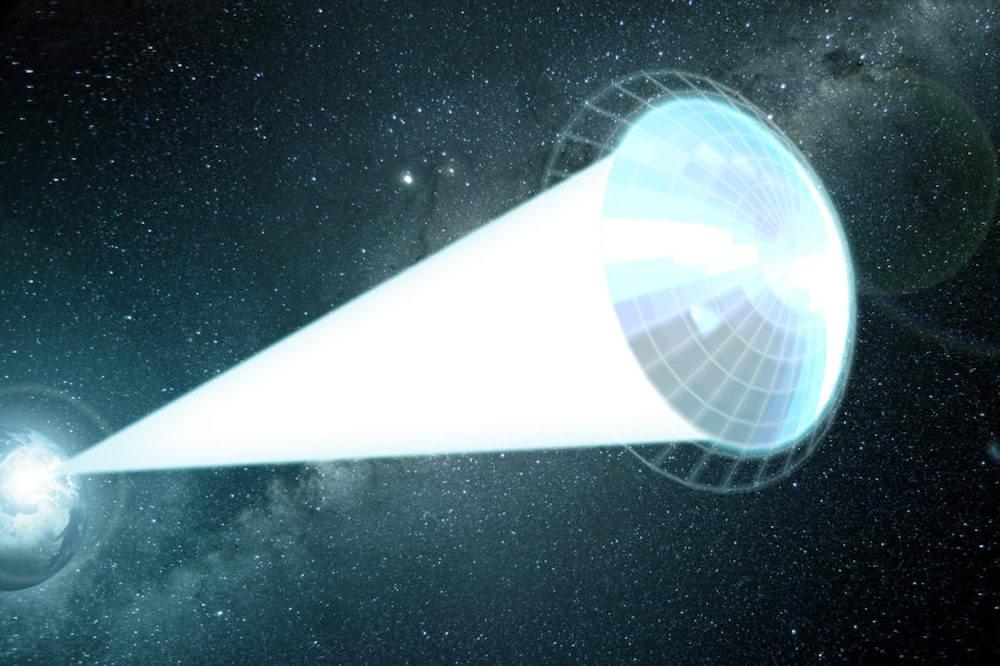
Lightsail technology billows into the future
Alpha Centauri seems almost within grasp as promising research soars into reality.
Lightsails were once a thing of science fiction, evolving through several variations over the last 40 years. Now, science fiction is becoming reality. Advances in laser technology and new ultrastrong, ultralight materials open up the possibility of venturing beyond our solar system in the not-too-distant future.
Researchers from UCLA and the University of Pennsylvania recently published two papers outlining various shapes and heat-dissipating materials they tested to evaluate lightsails beyond previous limits. The research was conducted in conjunction with the Breakthrough Starshot Initiative, a project with the goal of sending a microchip-sized probe to the Alpha Centauri system, which, at just over 4 light-years away, is the closest and possibly most habitable neighboring star system. Breakthrough Starshot plans to use a high-powered laser array to propel tiny lightsail probes through space at a top speed of some 20 percent the speed of light. Incorporated into the sails would be minuscule scientific instruments, such as cameras, magnetometers, and communicators that could beam information back to Earth as they fly through the Alpha Centuari system.
A parachute that can withstand the heat
Aaswath Raman, a professor in the Department of Materials Science and Engineering at UCLA, has laid out two elements key to creating a functioning lightsail: it must be extremely lightweight, and it needs to reflect or disperse heat incredibly well.

NHS England » NHS runs world-first test into ‘sci-fi like’ artificial pancreases
Almost 1,000 adults and children with type 1 diabetes have been given a potentially life-altering ‘artificial pancreas’ by the NHS in England as part of the first nationwide test into the effectiveness of this technology in the world.
Health and high quality care for all, now and for future generations.